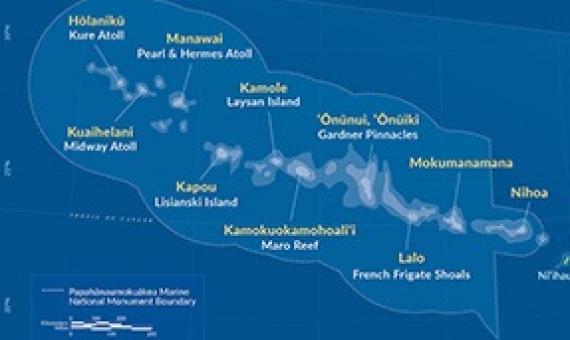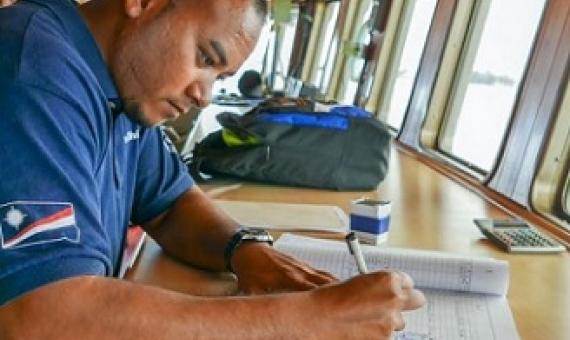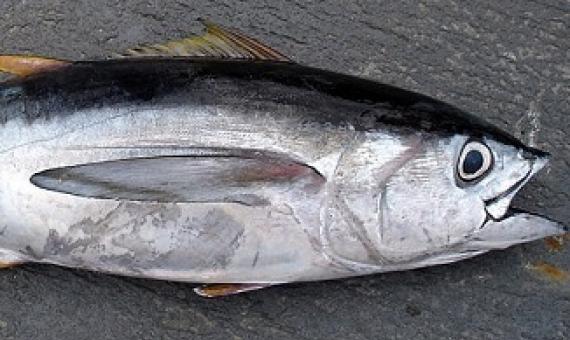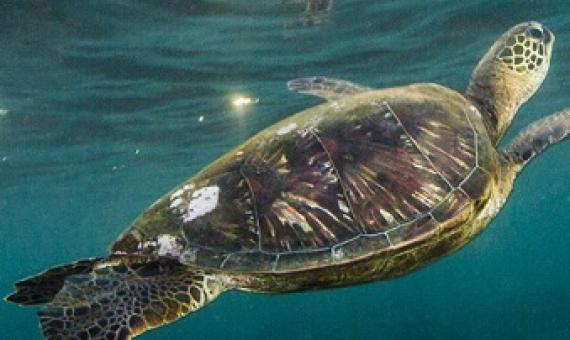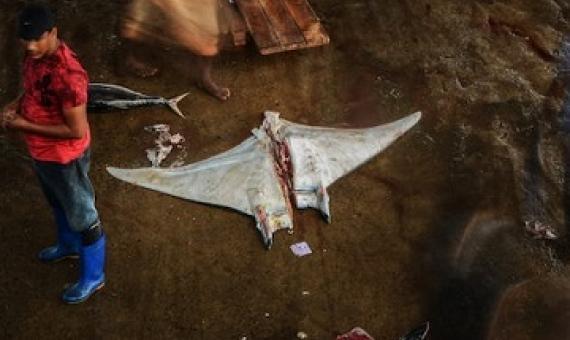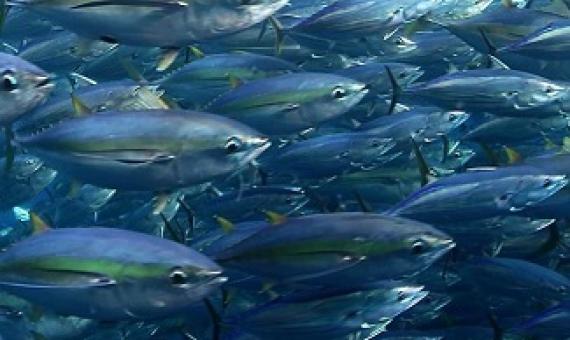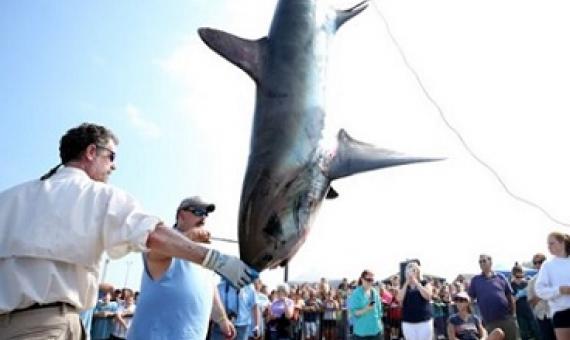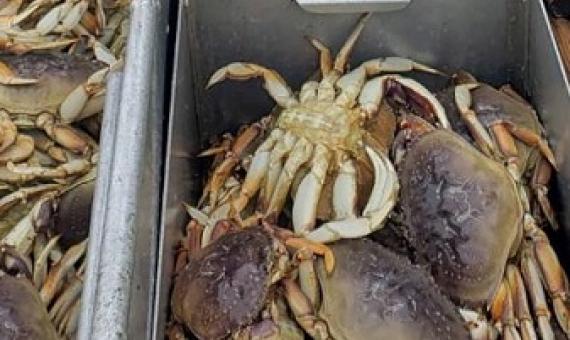Climate change and warming seas are transforming tropical coral reefs and undoing decades of knowledge about how to protect these delicate and vital ecosystems. Many of the world's coral reefs are seeing biodiversity plunge in the face of repeated coral bleaching events.
Tensions flared fast as the proposed expansions of national marine monuments near Hawaii in President Barack Obama’s second term set fishermen and conservationists against each other.
There is a lot written by many fisheries organisations in the world about the port state measure (PSM),...Yet, operationally, for a country, the whole point of PSMs is to avoid the use of its ports for the unloading of fish caught in illegal, unreported and unregulated (IUU) fishing operations by
Congresswoman Aumua Amata is urging President Trump to reopen fishing access as a matter of national food security during the worldwide economic and health crisis.
he Western Pacific Regional Fishery Management Council in Honolulu recommended that the federal catch limits for longline-caught bigeye tuna for the U.S.
Stretching across the remote Northwestern Hawaiian Islands, the Papahānaumokuākea Marine National Monument protects more than 7,000 species—a quarter of them found nowhere else on the planet—in an area of island-dotted ocean spanning more than a million square kilometers.
New rules that apply to a vast swath of the Pacific Ocean aim to improve manta and devil rays’ chances of surviving encounters with tuna fishing boats.The measure prohibits fishers from targeting the rays or keeping the ones they catch accidentally.
The expansion of two large U.S. marine protected areas (MPAs) in the Pacific Ocean had no measurable economic effects on the fishing industry, according to a study published in the journal Nature Communications, one of only a few studies to apply rigorous scientific methods to this issue.
The United Nations agency that documents fishing statistics almost exclusively monitors commercial fisheries.
he Pacific Ocean is becoming more acidic, and the cash-crabs that live in its coastal waters are some of its first inhabitants to feel its effects.


